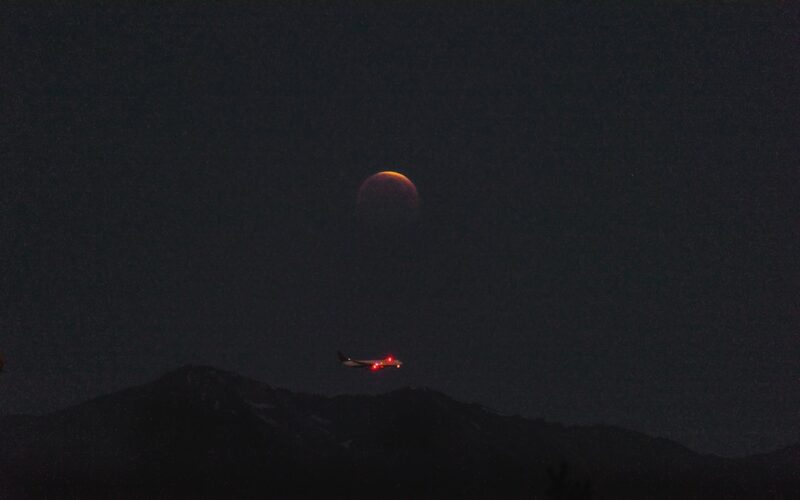Mark your calendars: The night of September 7th into the early hours of September 8th, 2025, will bring a spectacular cosmic show as the last lunar eclipse of the year unfolds across much of the globe. This total lunar eclipse—the longest since 2022—is being called a rare “Blood Moon” for its deep red hue and extended duration.
The eclipse will be fully visible across India and in most parts of Asia, Australia, eastern Africa, and Europe. According to estimates, around 4.9 billion people will have front-row seats to the entire event from start to finish, while a staggering 6.27 billion can catch at least part of the phenomenon—meaning about 88% of humanity could glimpse the moon’s transformation.
When and Where to Watch
For viewers in India, the total phase (when Earth’s shadow completely covers the moon) will last for about 82 minutes—from 11:01 pm on Sunday night until 12:23 am on Monday. The blood-red peak hits at 11:42 pm IST. The spectacle will be visible from every corner of India—including Delhi, Mumbai, Chennai, Kolkata, Bengaluru, Hyderabad, Pune, Lucknow, Patna, and Jaipur—weather permitting.
Elsewhere in the world, skywatchers in Eastern Africa, Central Asia, the Middle East, China, Southeast Asia, and Australia will also enjoy complete views. Over in North America, however, observers won’t see the eclipse itself but will still get a beautiful full moon rising at dusk (the so-called “corn moon”), with New York’s moonrise at 7:22 p.m. EDT and Los Angeles’s at 7:19 p.m. PDT.
Traditions and Science Intertwine
This “Chandra Grahan” coincides with Pitru Paksha in India—a period marked by rituals and remembrance of ancestors. In many Indian households, it’s customary to avoid eating or performing auspicious tasks during the eclipse (and its preceding Sutak period), which begins nine hours earlier at 1:57 pm on September 7th.
While cultural traditions abound, science centers like GUJCOST’s Regional Science Centres in Gujarat are seizing this opportunity to engage students and families with special sky-watching sessions and expert talks. Dr Narottam Sahoo of GUJCOST calls it “a classroom in the sky”—perfect for inspiring curiosity about our universe.
So whether you’re drawn by ancient beliefs or pure astronomical wonder—or both—this rare lunar event promises to unite billions under one beautiful Blood Moon sky.










